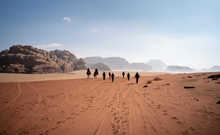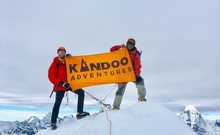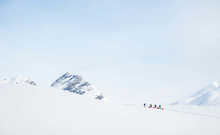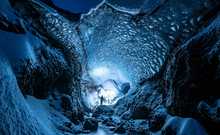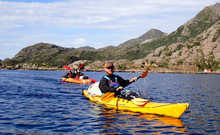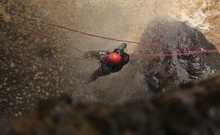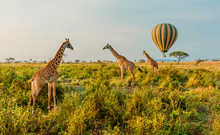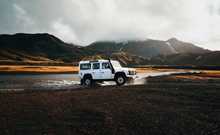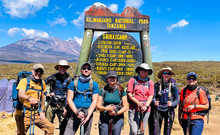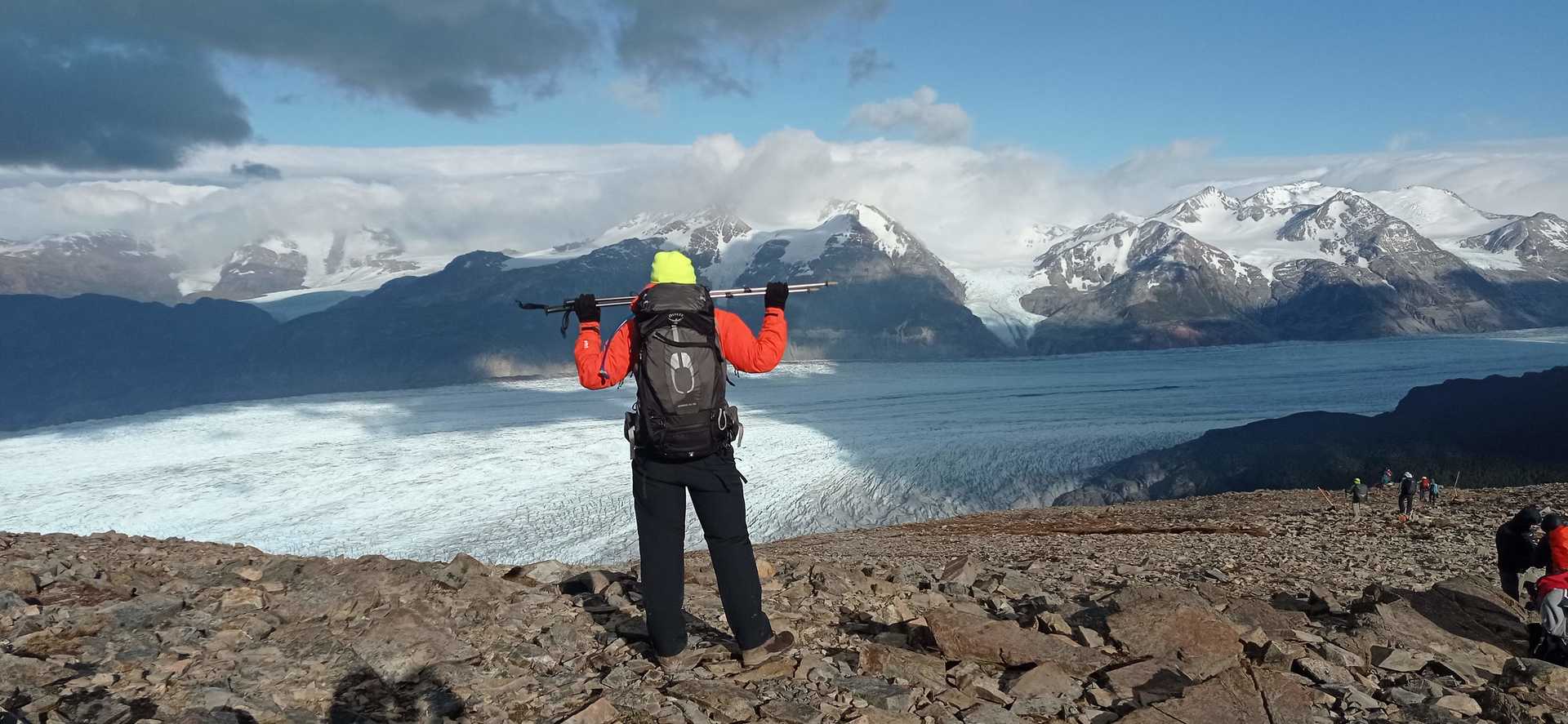Balancing adventure with safety
It’s undeniable that stepping out on an adventure into the unknown is a thrill that brings a true sense of elation. However, you aren’t alone if the thought of somewhere new also brings trepidation, particularly if the trip you are considering involves remote locations or extreme environments. This is where travelling with a reputable, responsible travel company really comes into its own.
At Kandoo Adventures we are well practised in assessing the risks of engaging in adventurous activities, so you can focus on enjoying your trip. After all, one of the biggest bonuses of booking through a travel company is handing over all the boring admin work and enjoying your adventure stress-free.
In this blog we’ll discuss the safety procedures that we implement to help mitigate the risks involved in all our trips, ensuring you can relax in the knowledge that your safety on our trips is our number one priority.
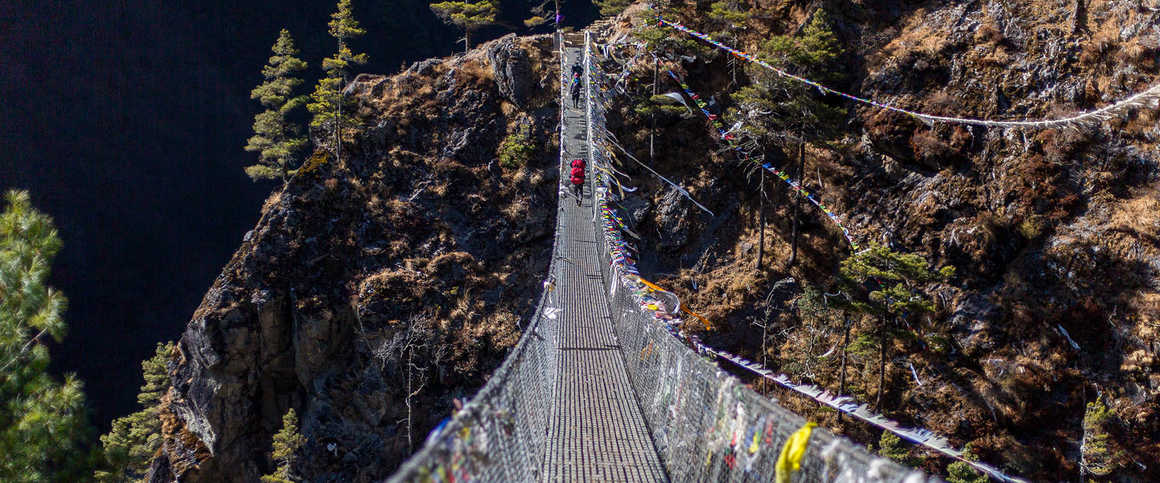
Why safety is the backbone of every great adventure
Risk is inherent in adventure travel. If it weren’t there, then the adventure element would become obsolete. It’s part of the draw; testing boundaries and pushing limits. However, without safety procedures in place, an adventure can become a disaster in an extremely short space of time. Even the likes of Edmund Hillary and his team spent many months planning food and equipment carries, rescue simulations and route alterations, to mitigate as many risks as possible before embarking on their celebrated ascent.
Before publishing any of our adventure trips, we consider the following risks carefully.
Physical and environmental dangers
It’s a very real scenario that weather, wildlife or natural disasters can affect the course of a trip. These are elements that are out of our control and can change behaviour within hours, making a previously safe environment potentially dangerous. Somewhere as wild as the Himalayas, for example, heavy snowfall or dense cloud cover can impede a group’s ability to continue with a trek as getting caught out in conditions such as these can be detrimental to the safety of the group and support team
Health risks
In recent years, you would have to be living under a rock to not be aware of the effects that infectious diseases can have on worldwide travel. With increasing numbers of flights taking to the skies, a disease can spread from one hemisphere to another within hours.
High altitude trips also carry the risk of falling ill with altitude related symptoms, the victims of which are hard to stereotype and therefore do not fall into easy categories to prepare. We often find it makes no difference how old or fit a person is - the severity of altitude sickness experienced is extremely varied.
Logistical risks
This is really where booking through a travel company pays dividends. Whether you are concerned about the risk of equipment failure midway through a kayaking expedition, travel disruptions en route to a destination or the safety standards of your accommodation, you can rest assured all these logistics have been considered in fine detail.
Social risks
Social risks are becoming more prominent with the increases in extreme events occurring worldwide. Political instability is a huge consideration when deciding upon the safety of a destination, for example, if the UK FCDO (Foreign, Commonwealth & Development Office) guidance is stating that a destination has an increased risk and it is not recommended to visit, we would postpone all trips to this destination until further notice.
As well as instability from the outer environment, social risks can also include discomfort, disappointment and guest compatibility on your trip. Our trips are all designed to provide a challenge, which can often mean feeling discomfort at some point along the way, or the sense of achievement at the end wouldn’t be quite as jubilant.
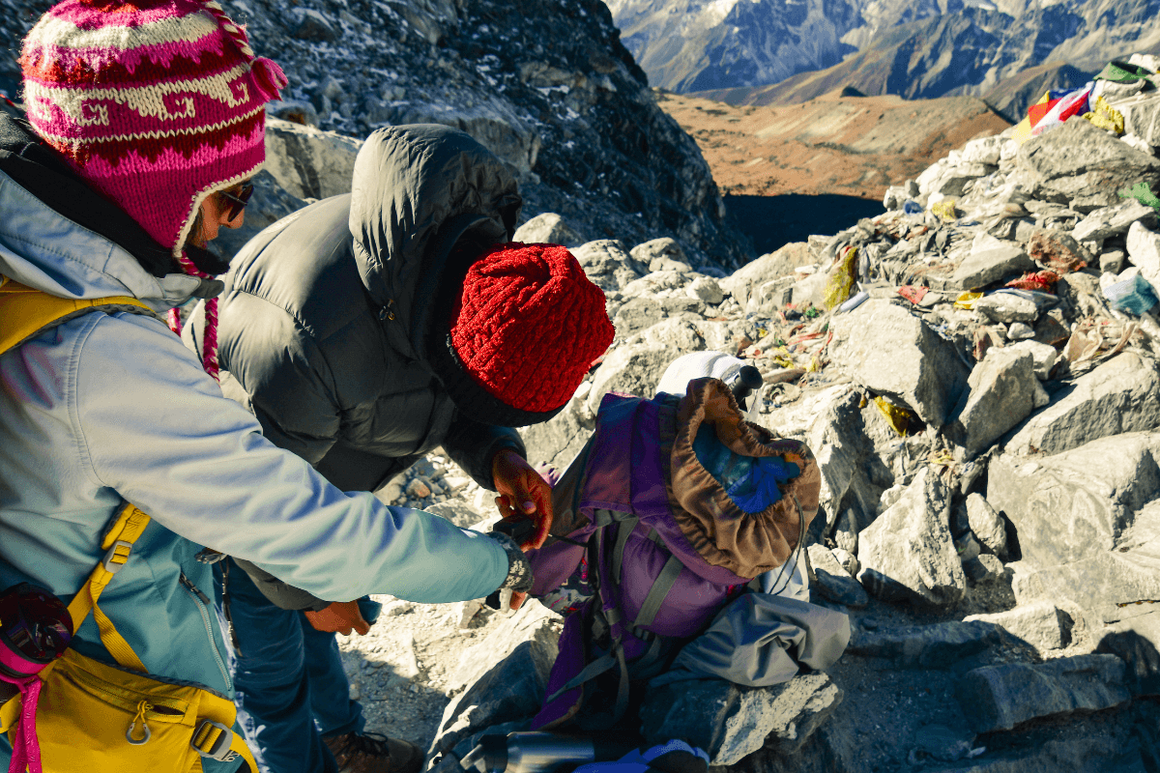
What is a Safety Management System (SMS)? (And why you should care)
A safety management system (SMS) is a formal framework that we use to identify, assess and mitigate against potential risks on our trips with the aim of preventing accidents or incidents that may negatively impact our clients’ experience. We want our guests to be confident in the company they have chosen so we make safety a priority.
A good SMS identifies all potential safety concerns within a system, evaluates the severity of these concerns and implements strategies to mitigate against the likelihood of these situations occurring. Our system is broken down into five main pillars of safety management.
1. Risk Assessment & Trip Planning
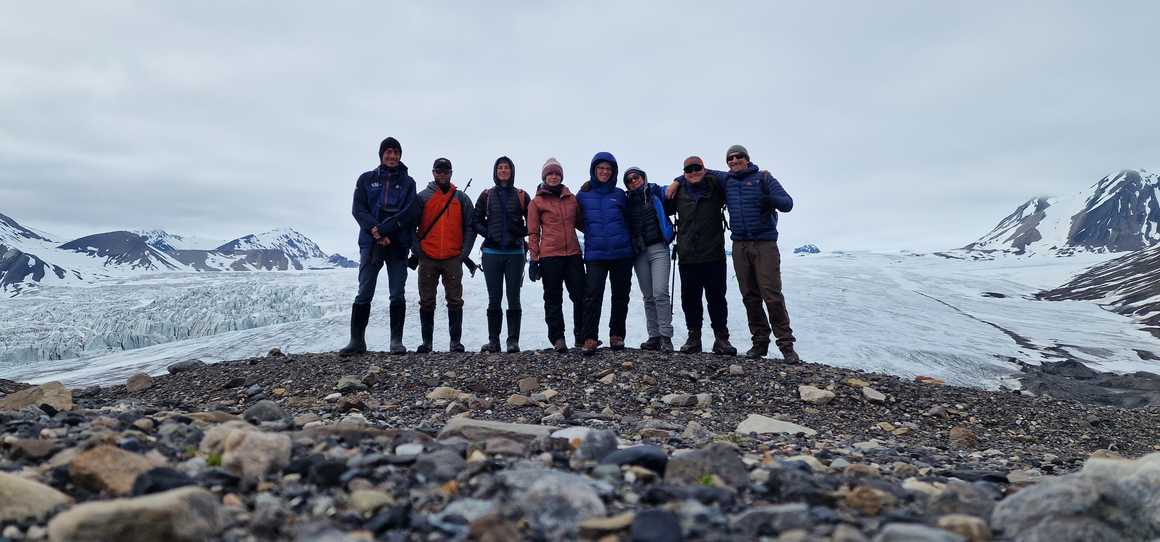
How do we respond to uncontrollable conditions? Well, in true scout’s honour, we prepare … and our relationships with our in-country teams are crucial in this process.
Whilst designing each of our trips we encourage input from our in-country teams, utilising their knowledge of the area to assist with safe route choices, acclimatisation days, appropriate dates to travel and equipment necessary for the particular terrain. This local knowledge is invaluable to us and we are proud of the strong links we have with our teams.
Ahead of putting trips on sale, we also work alongside our teams to create a risk assessment taking into account all potential risk factors and ascertaining how we will reduce the severity or limit the likelihood of these occurring.
For example, for trips to Svalbard we have to consider the very real risk of Polar bears. To reduce the likelihood of bear encounters on our trips, we employ knowledgeable guides armed with both air rifles and flare guns, implement bear watch rotations and have a set minimum number of participants on our Svalbard trips.
Once trips are underway, our teams again become an invaluable resource, and more often than not, if guidance regarding a problem in destination is offered, we have already heard about it from our local manager and are getting timely updates on the situation.
2. Qualified Guides & Training
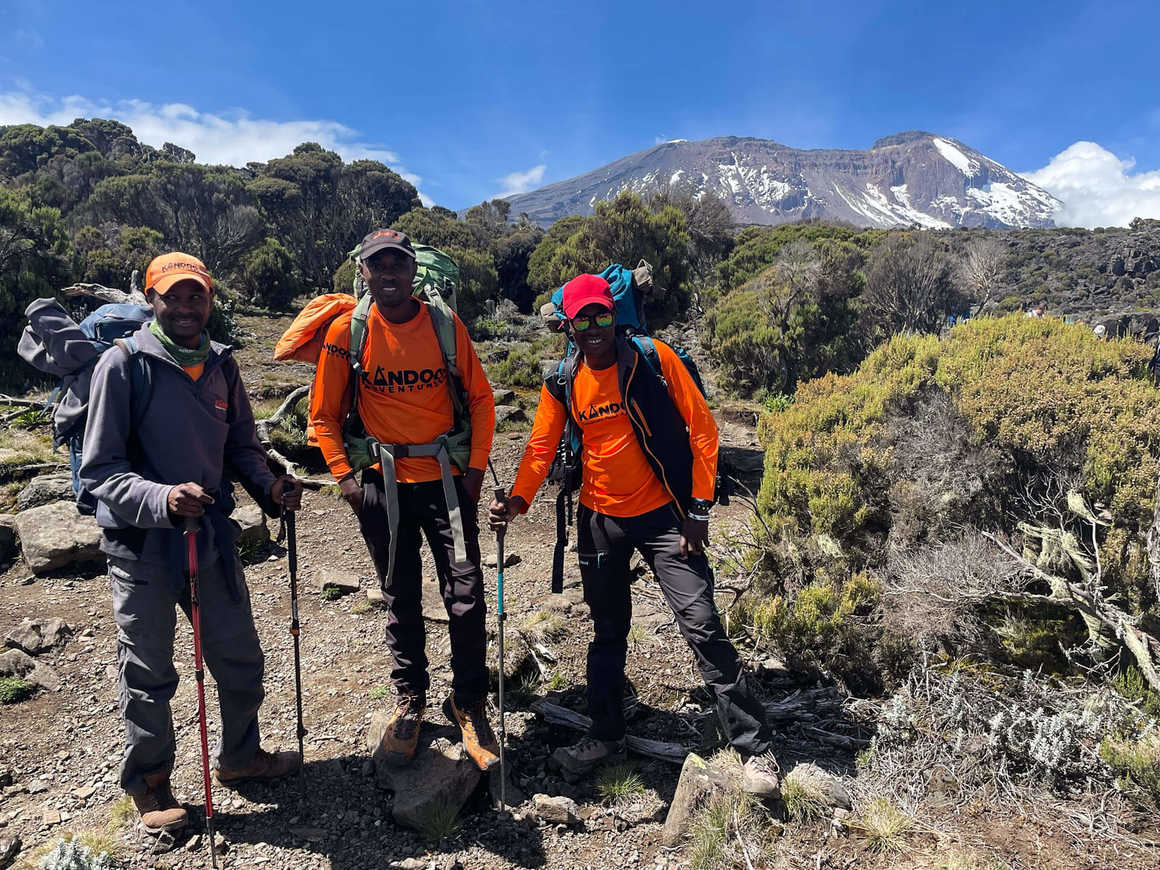
As the main point of contact between us and our guests whilst out on trips, we are hugely proud of the competency and reliability of our guides. Trained annually in wilderness first aid, altitude related symptoms and management, as well as other upskill refresher courses, they are more than prepared to deal with any guest who isn’t feeling their best.
The International Federation of Mountain Guides Association (IFMGA) is the highest level of qualification in guiding worldwide. On mountaineering trips, it is essential our guides have a higher level of expertise and training than those guiding our lower level treks. Many of our mountaineering guides have therefore undertaken the IFMGA training and are qualified to this level.
In countries where this prestigious qualification is less accessible such as in the Caucasus Mountains in Georgia, our peak climb guides have been trained locally, by responsible schools of guiding, to hold the appropriate skill level for the route in which they are leading.
3. Equipment and Accommodation Standards
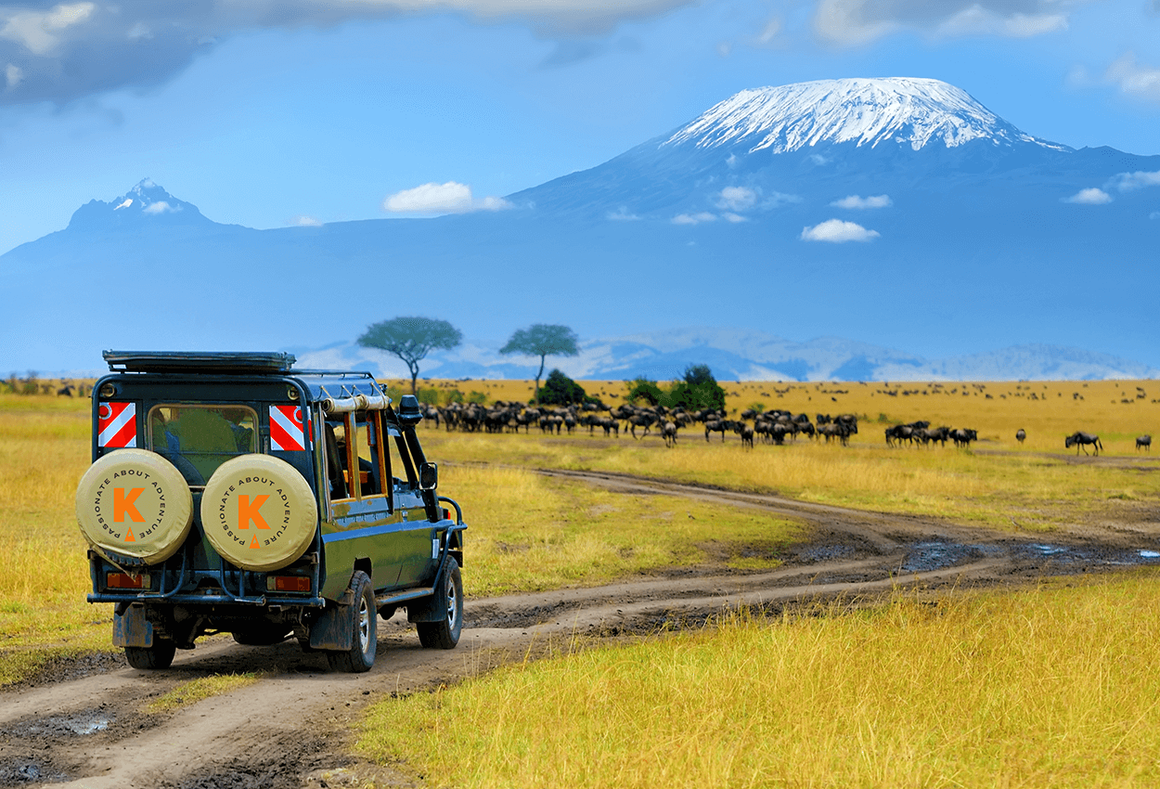
As a responsible travel provider, we have a duty of care to make sure the equipment and premises we use are safe for guests. Hotel safety checks are performed by every hotel we visit to ensure they meet the standard requirements applicable through national, local and other laws, regulations, rules and codes of practice concerning hotel accommodation. These are sent out to hotels to complete, then reassessed by staff members whilst out on staff trips.
Our equipment is maintained and checked regularly by our in-country teams to resolve any wear and tear prior to its next use. Where we don’t have our own equipment available for rental, we only work with selected stores where we have longstanding relationships, to ensure the equipment we are providing for guest use is reliable.
4. Emergency Protocols & Communication
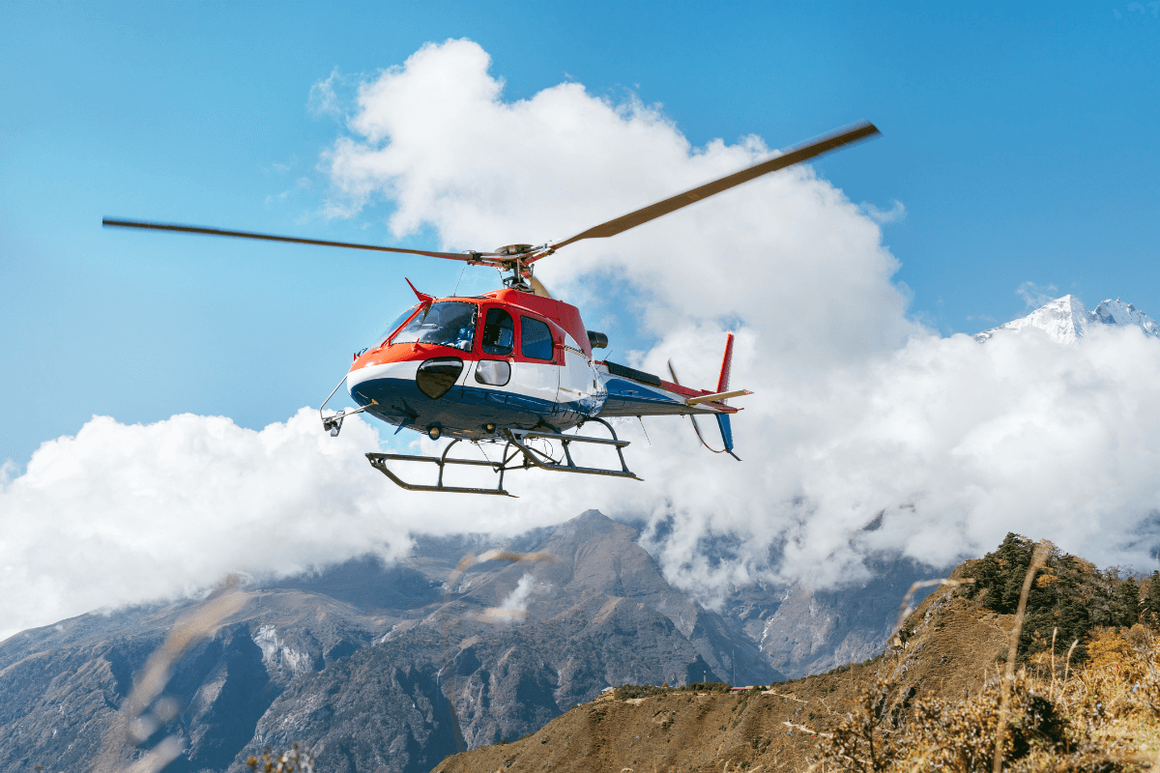
Preparation through assessing potential risks, creating in-depth risk assessments and day-by-day evacuation procedures, are vital to our planning process. Our in-country teams are heavily involved in developing these procedures so that should a scenario arise in which they are needed, they have a strong knowledge of steps to be followed.
Each evacuation procedure that we create has a day-by-day rundown of location, distance/time to nearest medical facility, modes of transport available to reach facility, team members travelling with client to facility and method of communication between guide and team member.
Back in the UK, our team is trained in crisis management so should an unforeseen accident occur, we have a procedure in place to allow us to respond quickly and efficiently to the needs of our guests and their families.
5. Guest Education & Involvement
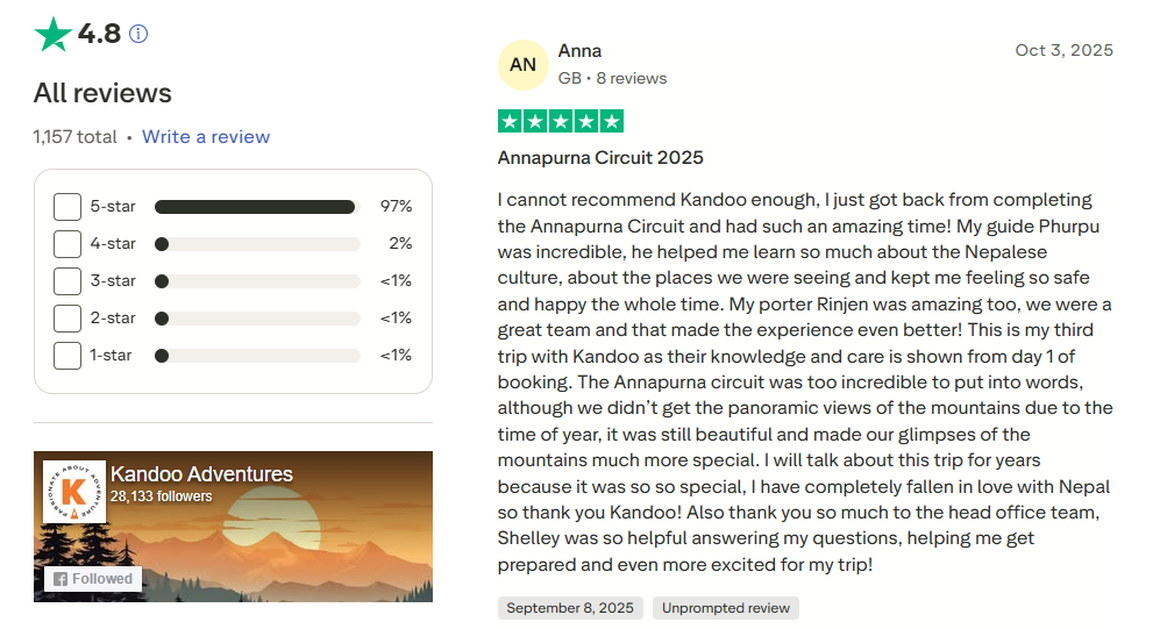
Another key element to ensuring guest and staff safety on our trips is knowledge. Providing guests with informative documents prior to departure and re-emphasising these on our trips. Our trip dossiers and webpages are filled with information referencing health and safety concerns, vaccinations necessary for the destination they are travelling to, transport delays or risk factors, difficulty of trips and suggested training schedules. This information is updated in line with the WHO (World Health Organisation) and FCDO guidance.
Once in destination, it is a requirement of our trips that participants attend a pre-trip briefing in which any safety concerns are discussed. As participants must be aged 16 or older to join a trip it is the expectation that participants are able to follow instructions from their guide to keep themselves and others safe.
For those to whom an element of discomfort may not have been a consideration upon booking, our UK team spend many hours chatting to guests over the phone, offering in-depth information on their chosen trip and providing reassuring yet realistic expectations.
If we feel guests aren’t quite ready for a trip, it will never be a solid no to joining, we may simply suggest a training schedule created by our partner Kate Sielmann, booking onto a skills training course or postponement of dates until further training has been completed.
The Importance of Continued Improvement
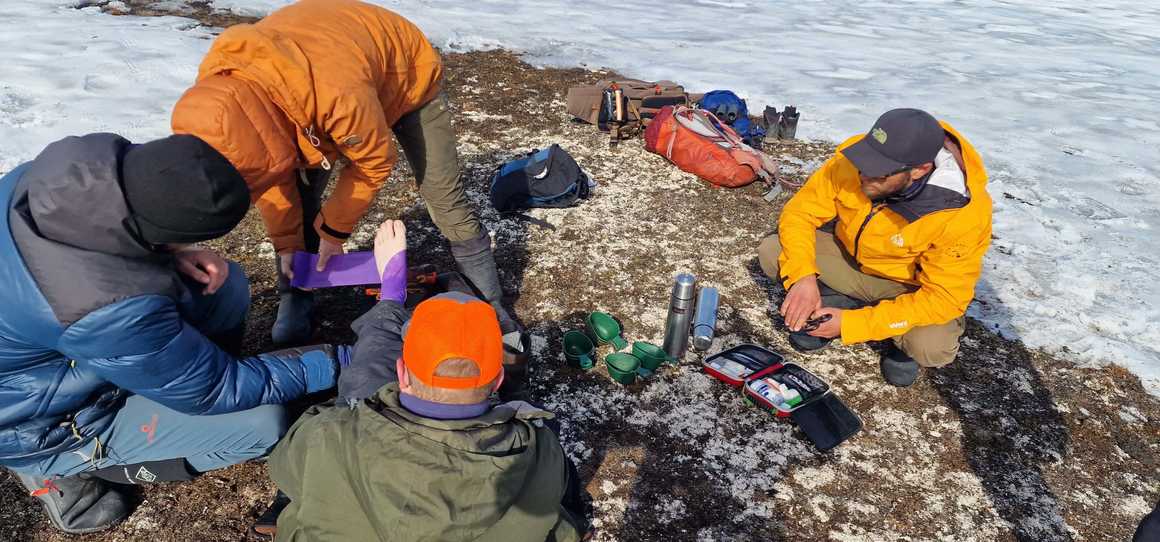
We acknowledge that although we are working hard to create safe, accessible adventures, we are on a constant improvement cycle. Developing and changing our products and safety procedures according to feedback received, audits undertaken and changing environments is all part of growing to create better, stronger adventures for our guests to enjoy.
To ensure continued improvement on our trips, feedback is our number one friend, and we welcome any and all feedback - the more constructive the better. We read through every feedback form and review that is sent to us and investigate any suggestions or changes guests feel would have improved their experiences to reduce disappointment on future trips.
Annual audits are also undertaken of our risk assessments, both internally and externally to ensure we are keeping them up to date, adding new risk factors and assessing any near misses that may have occurred to decipher where our procedures could be improved from these experiences.
Adventure Awaits - Safely
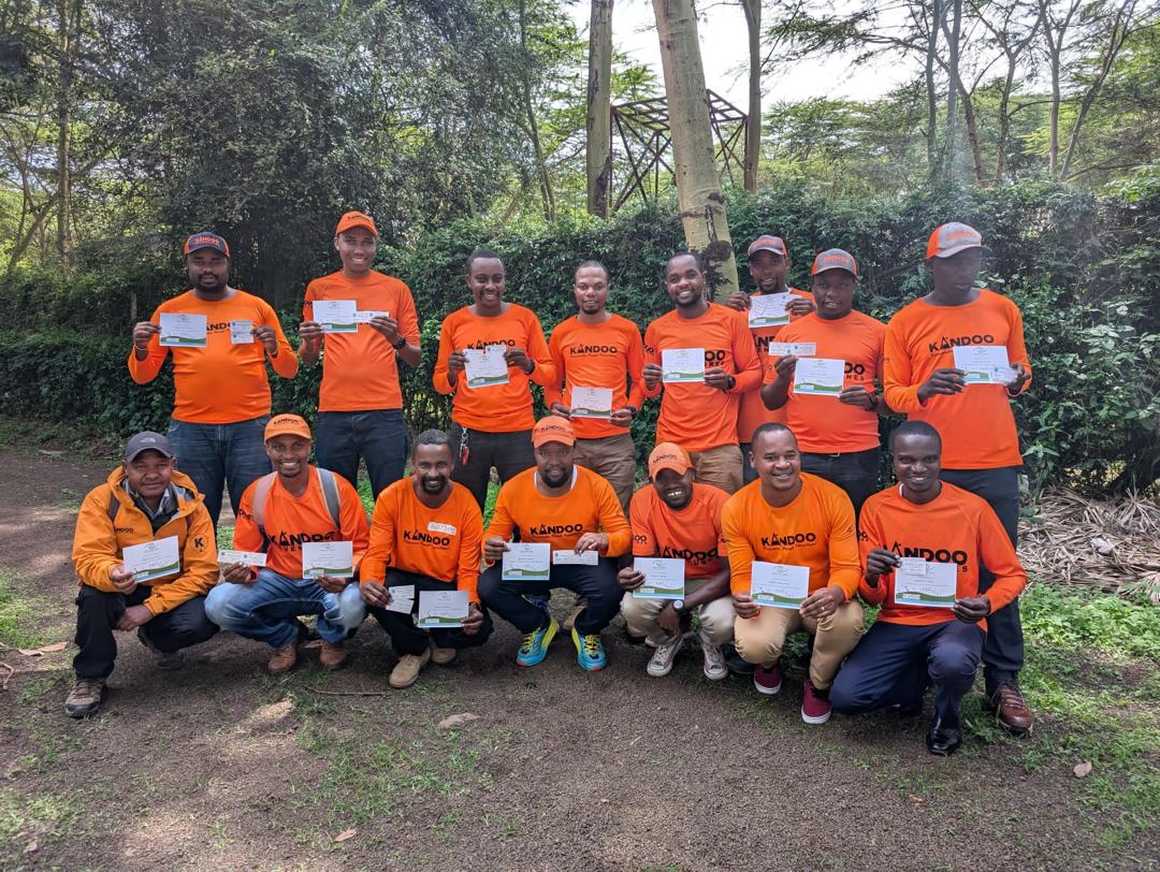
With such a rapidly changing environment, it is essential that we are flexible and adaptive with our safety procedures; implementing new systems, making changes informed by both suggestions by local teams and guests, and reviewing where we can do better.
To engage in an experience that gets the adrenaline surging doesn’t need to be reckless. The main aim of our trips is to create a safe but exciting adventure, and is why our guests gain so much enjoyment from the experiences they have.
Ready to experience a safe adventure at its wildest? Join one of our adventures and rest easy in the knowledge that we have your back, keeping you out of trouble so you can feel the rush, stress free.
